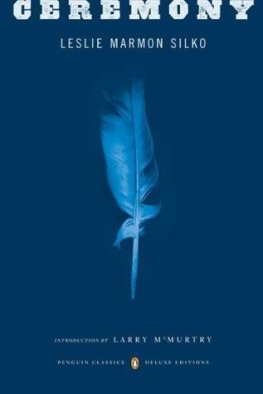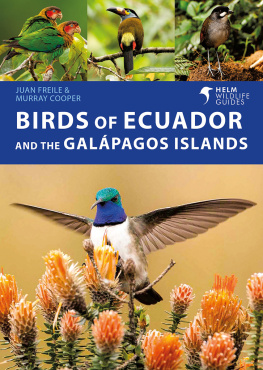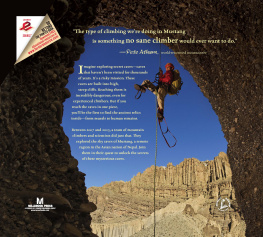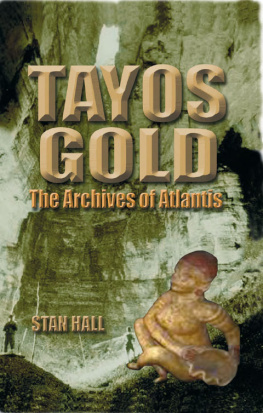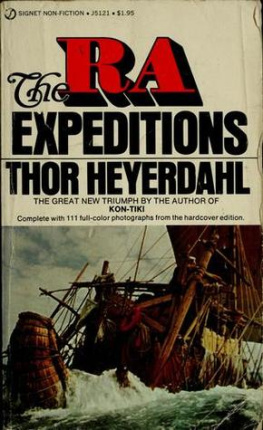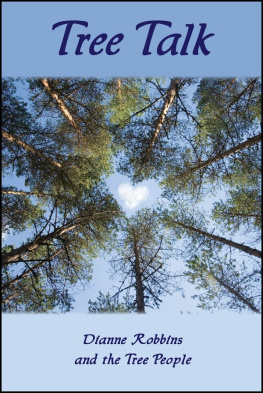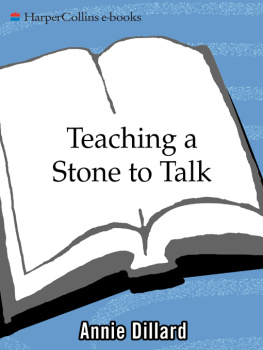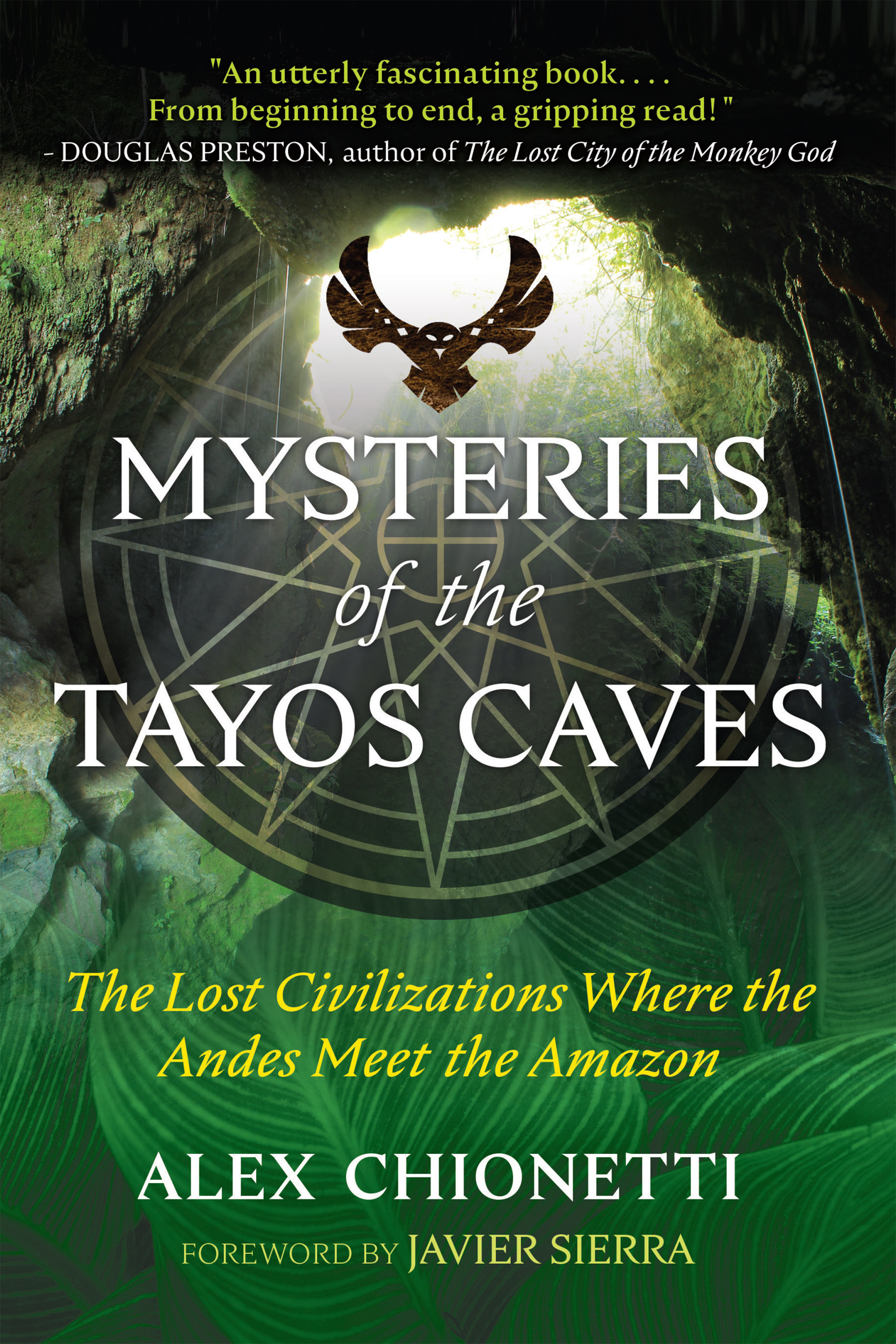
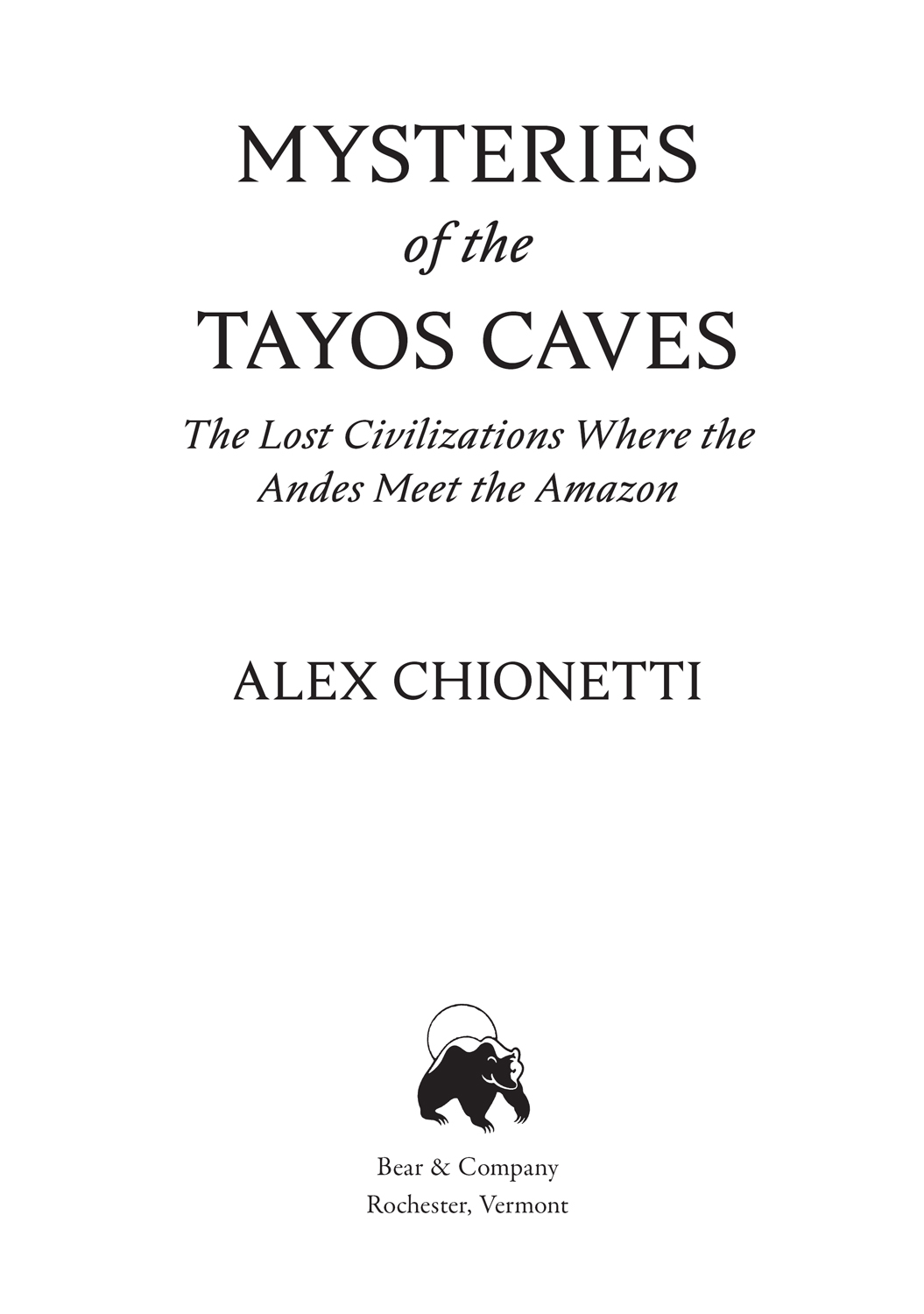
MYSTERIES
of the
TAYOS CAVES

Mysteries of the Tayos Caves is an utterly fascinating book that delves into the amazing history, legends, stories, and traditions of the vast Tayos cave system in the Amazon and the spectacular treasures and earth-shattering secrets said to be hidden there. This book also chronicles the authors own harrowing exploration of the cave system. From beginning to end, a gripping read!
DOUGLAS PRESTON, AUTHOR OF THE LOST CITY OF THE MONKEY GOD
As a person who has spent decades looking for a legend, I can appreciate Alexs tenacity about the mystery of the Tayos. Alex leaves no stone unturned and explores every crevice of the Tayos story.
STEVE ELKINS, AMERICAN CINEMATOGRAPHER AND EXPLORER
Acknowledgments
I would like to first thank the widow of Petronio Jaramillo Abarca; Xavier Alvarado; Mathias Spatz; Gerardo Pea Matheus; Carlos Pea Matheus; Roberto Perujo; Eduardo Mahuat; Mario Snchez; and Omar Guevara for their help and understanding in my search, and for the support they gave me during my first expedition in Ecuador.
In Argentina, I would like to thank Micaela Goyn Aguado for all those years of communication and for the access she gave me to Juan Moriczs materials in Buenos Aires.
Furthermore, I am grateful for the long, kind, and polemical conversations I had with Guillermo Aguirre and Debora Goldstern, on the phone and in person in Buenos Aires, before and after my expeditions.
A special mention for Javier Stagnaro; our friendship with Julio Goyn Aguado brought us close through the decades. And to Antonio Tono Huneeus for the recent finding and for our age-old connection to Ecuador and to the South American Andes.
I would like to thank the late Andrs Fernndez Salvador Zaldumbide; Hctor Polit; Stanley Halls widow, Elaine Hall; Jorge Salvador Lara; the late Hernn Crespo; the late Gastn Fernndez Borrero; the Sharupi family; Lucho Nivelo; Stan Grist; Jaime Rodriguez; the late Hctor Burgos Stone; Horacio Spotorno; the late Lilian Icaza; and Monica Williams.
I would also like to thank my wife at that particular time, Patricia, who was praying in my favorite spot at Saint James Parish, in Red Bank, New Jersey, before a beautiful and sober-looking statue of the Virgin Mary by a nineteenth-century Italian sculptor (she is shown treading on a snake with her left foot), right at the moment we were surrounded by a gang of renegade Shuars who came for our heads.
FOREWORD
May We Not Be Ashamed of the Future
H alf a century ago, while the world was concentrating on its television screens to see the arrival of the first man on the moon, in an office in the Ecuadorian city of Guayaquil, there was a scene from another world. On that July 21, 1969, an Argentine citizen of Hungarian origin named Janos Juan Moricz made public a testimony that revealed him to be the discoverer of a network of artificial tunnels, created by an unknown civilization, that lay under a good part of Ecuador. That document can be read .
That notarized document not only referred to a colossal infrastructure hitherto unpublished in the so-called civilized world, but also mentioned a collectiona library, ratherof metal and gold plates whose knowledge and exotic motifs represented the culture of its builders. From his testimony it was clear that Moricz did not seek ownership of that treasure but only recognitionand protectionof what he considered a finding of unimaginable cultural value.
The unstable political situation of Ecuador in those years left Moriczs pleas for preservation unheard. A man of an overwhelming personality, of a fiery and impatient nature, Moricz despaired at the inaction of the authorities. As the weeks went by, he retired into business and left the matter in the hands of his lawyer, Gerardo Pea Matheus. It was through him that Erich von Dnikenthe celebrated author of Chariots of the Gods (1968)contacted Moricz. Von Dniken reconstructed Moriczs history; met with collateral witnesses such as the Salesian priest Carlo Crespi, who had been receiving bronze and gold plates from the natives of Cuenca for years as those of the caves; and wrote a book that would turn Moriczs discovery into something of world interest: The Gold of the Gods (1972).
Incredible as it may seem, in September 2018 the embers of this affair were still hot. The idea that these plates formed a kind of lost library of humanity, in which it was not difficult to find remote representations of Egyptian and even Phoenician or Babylonian origin, was still the subject of debate in publications, congresses, and social networks. What people, when and for what purpose, made those engraved plates and hid them in the equatorial depths? In the end, no one really knows.
Moricz seemed capable of providing a sensible response. He spoke of the Taltos, a Hungarian term to refer to some mysterious superior beings that created our species. He even suggested that their writing resembled the Magyar of his native land. Others, however, began to talk about intraterrestrials. In the absence of government explorations, most eventually ignored the issue.
In a personal effort to reconstruct what happened five decades ago, I visited Cuenca, Ecuador. Of the collection of Father Crespi there was no longer any trace. I interviewed journalists from the newspaper El Comercio and some interested writers and managed to meet with the only living witness of the dilemma that still remained alive in Guayaquil: the lawyer Don Gerardo Pea Matheus.
Pea Matheus was a gentleman, just as he has been portrayed by those who write about the mysteries of the caves. The literate octogenarian picked me up in the lobby of the Wyndhall Hotel, where I was staying, and sat at his desk to explain in detail what happened in the sixties. In the heat of some whiskeys, we remembered Moricz, who died in February 1991. He told me about Moriczs passion for archaeology and old books, and he confirmed the frustration that Moricz took to the grave for failing to turn his find into something of official importance. The natives of the region where he found the galleries commissioned him to protect the legacy they showed him, he told me. For them, those galleries were a heritage of their remote ancestors. A treasure to protect.
Pea Matheus and his charming wife, Mariana, did not let me doubt for a moment that a treasure is still hidden underground beneath Ecuador. Listening to them rekindled my memory of other adventurers who later wanted to emulate Moricz steps, such as Andreas Faber-Kaiser or Alex Chionetti. Faber-Kaiser visited the region in the eighties, alone, without speleological equipment or the training to achieve his purpose. Before his death in 1994, Faber-Kaiser told me that he trusted that he would be initiated by the Shuar communitywhich to this day guards the main entrance to that network of tunnelsand perhaps that they would lead him to the metal library that the caves shelter. He did not get the initiation he had hoped for. The Shuar only allowed him to approach the mouth of the entrancea vertical chasm of more than 200 feet of free fallwith the warning that he should be very careful to hold his tongue.
Janos and I warned him that he might not get out of the Shuar territory alive, Pea Matheus told me, his eyes burning with passion.
Next page

